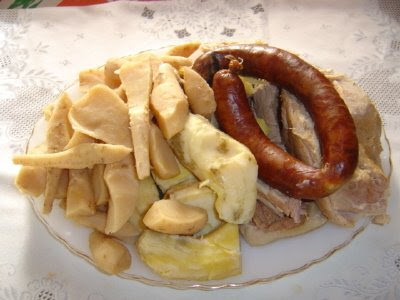Gastronomy of Azores
Unconfessed sins are the gastronomic sins that the Azores offer without fear of Purgatory, its people and visitors delight in the flavors and colors of the Azorean food.
São Miguel
Cooked Furnas is done in pots that protect the meat and vegetables, being buried in the geothermal ground where your cooking take about 5 hours in the natural heat of the earth, worth aims to observe the hoisting of baked, made by force vigorous arms hoisting the ropes surrounding the pan.
At tea there that highlight the plantations Gorreana and Porto Formoso, that appear on the horizon like waves of green leaves, being unique in the European context. When visiting the museum factories can learn to their history of cultivation and development of the machinery used.
The Azorean cuisine is affluent in different fish dishes, only with a common feature, its freshness. The seafood is presented with great variety, which highlights the barnacles, crustacean cooked in seawater. Already the beef cattle raised in pastures, it is soft and tasty. During the entries, the famous land of peppers that are associated with fresh cheese, but not forgetting that this kind of local chili is included in other revenue. In confectionery, the yeast cake originating from Furnas, is widespread and can occur at any meal, other sweets to highlight are the Queijadas of Vila Franca do Campo. For those who enjoy smoking after a meal, it is advisable to manufactured cigar or cigarillo in São Miguel.
The exotic fruit crops like pineapple, custard apple, the guava and passion fruit are Azorean tradition, both used in foods to natural as used in the manufacture of liqueurs. In the areas of Fajã de Baixo, Lagoa and Vila Franca do Campo, the pineapple greenhouses maintain their ancestral practices, which can be discovered through guided tours.
Terceira
Its cuisine is famed for Rump, which is usually beef, but can also be fish, this typical dish is cooked slowly in a clay pot, to find and thicken the sauce consists of bacon, onion, garlic, bay leaf, pepper and wine, among other ingredients, and usually accompanied with bread or sweet bread. This confection is also applied to other delicacies: chicken, beans, rabbit, octopus and beans.
It stands out in sweets, the Dona Amelia cakes in the honey cane and cinnamon are associated with Currants and ciders. Legend has it that the cookie name is associated with the passage of Queen Amélia the Third. The wafers, the cornucopias with sweet filling of eggs or rice pudding complement the list of desserts.
Its landscape is marked by the vine which is arranged in “curraletos”. Its grapes from Verdelho grape variety, there is a specific type of wine, defended and published since 1993 by the Confraternity of wine Verdelho of biscuits, as the Casa Agrícola Brum works as Wine Museum, where visitors can taste the liqueur wine Chico Maria.
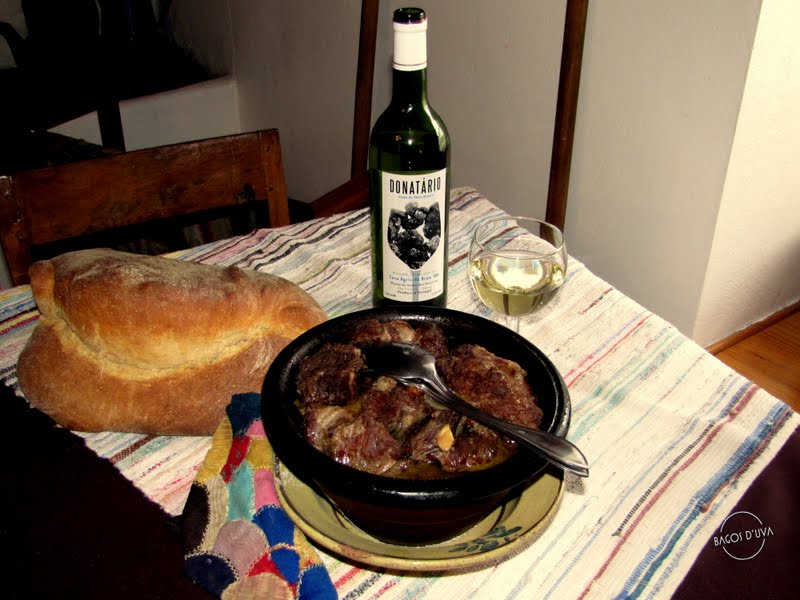
Pico
In the land of wine tradition are white wines produced, red and rosé, appreciated both in the Azores as outside. Trying to recover the prestige of the wine from the Verdelho grape variety, Pico has improved the production and innovating products. “Basalt”, “Lajido” and “Lava Land” are Pico wine designations that refer to the human-nature relationship that the island very cherishes. The Viticultural Cooperative Pico Island in Areia Larga meets local production, based on new varieties and can be visited. The spirits of fig and loquat also activate and fans can find old copper stills to operate, and the angelica and fruit liqueurs sweetest proposals.
The Pico was a major producer of fruit, being famous figs, bright red interior, honey made from the flower incense and Queijo do Pico – DOP, which is a soft cheese from cow’s milk appreciated, these three complete the list of gastronomic treasures of Pico. With regard to food at the table, there is the octopus stew smelling of wine, sausage with yams, watering meat and fish broths.
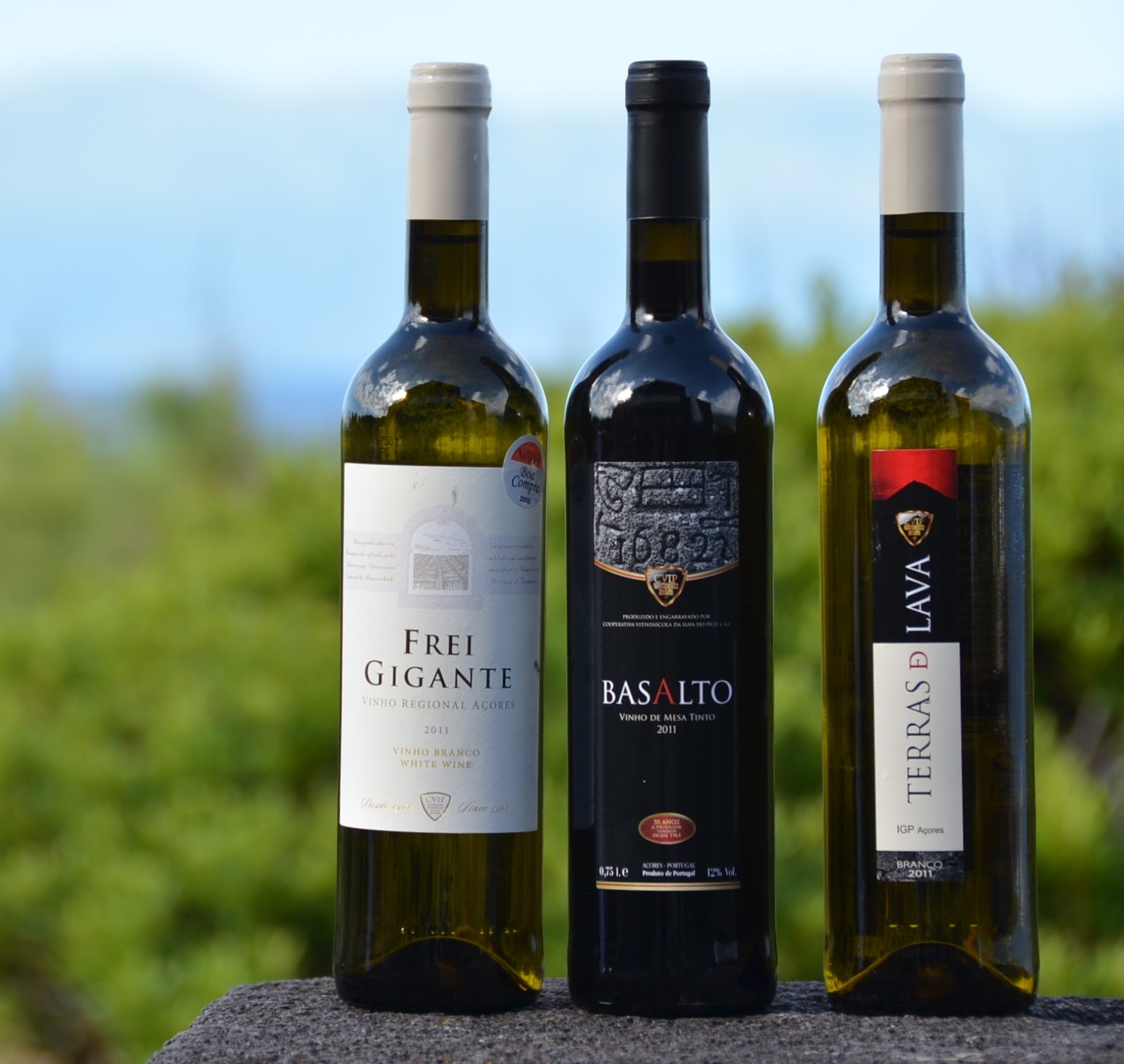
Faial
The octopus stew with wine is one of the most typical dishes of Faial, despite being common to many islands of the Azores. The maritime importance arises on the table with the fish broth and stew, joining the bread and corn cake. With regard to meat, the black pudding and sausages, these serve as a snack or just as a meal, being served accompanied by yam. The watering meat trust spices such as pepper, cumin and cinnamon to spice the stew generous in that bake beef.
Regarding sweets, there is the Faial Fofas, which are dumplings flavored by fennel seeds, baking in the oven before being stuffed with a cream-based egg yolks, milk, sugar, flour and scrapes lemon.
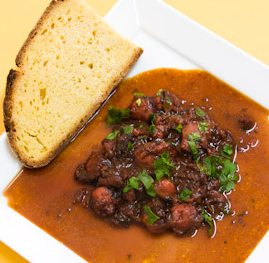
Flores
During the winter, the outlet to the sea was always a considerable risk, so the pork served as sustenance, so comes the cooked pork has pork meat in brine, which after soaked, are cooked and served with potatoes and cabbage : yam with sausage and watercress soup join the more traditional menu of flowers and ripened cheese produced in Flores features soft paste of firm texture.
Sea joins the cuisine of the Florentines, in patinha herb pies joins the concept of Omelette with seaweed that grow by the sea, the fish part of the traditional culinary heritage of Flores, is poured into various recipes, as albacore roast in the oven and stew conger.
And with its microclimate in some areas of flowers, grow exotic fruits, including the guava, guava plant family, are gathered fruits of yellow, red and purple with which produces a typical sweet. And the fauna and flora honey comes catches the scent of huge flowers that adorn the island.
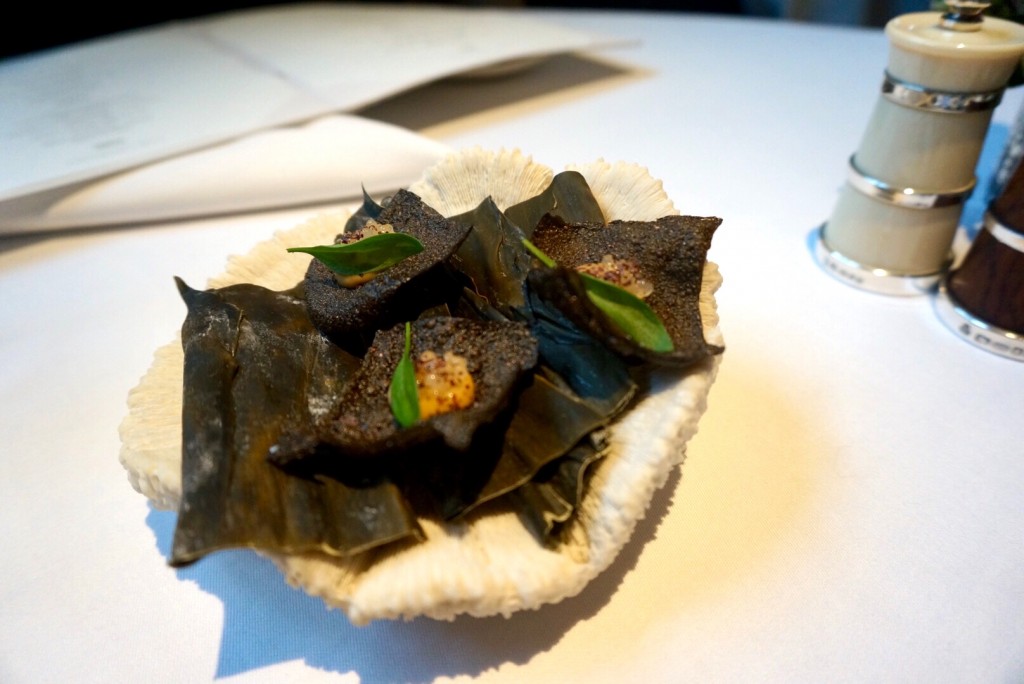
São Jorge
For some a delight to others with an unsurpassed taste, the cheese of São Jorge Island is the gastronomic product most internationally recognized of the Azores. The Union of Agricultural Cooperatives and Dairy St. George, in Beira, serves as home of the healing processes, classification and certification of cheese produced on the island. The designation of origin is only given to abiding copies of the ingredients and traditional methods. It is believed that the cow’s milk cheese production dates back to the influences of the Flemish that populated the top. This cheese of semi-soft or hard paste, has a slightly bitter spicy.
Another gastronomic wonder are the cockles created in the Natural Reserve and Ecological Area Special of Caldeira de Santo Cristo, exclusive of St. George, its coastal lagoon is the only place in the Azores, which allows this mollusk develop, being characterized by dimensions, flavor and unique meaty texture. Their catch is conditioned and snack can be enjoyed in some restaurants.
The microclimate of some fajãs allows the appearance of agricultural rarities, including coffee trees plantation in Faja dos Vimes, where you can enjoy a taste of coffee and intense aroma with grains harvested locally. And in addition, joins brandy cinnamon to desserts of the island, where the wafers, the donuts and curd cakes are typical recipes. The species, sweet horseshoe-shaped and “windows” in which the filling prowl, are typically of St. George, and there may be even recipe variations, but the common feature is the presence of spices like fennel, cinnamon or pepper .
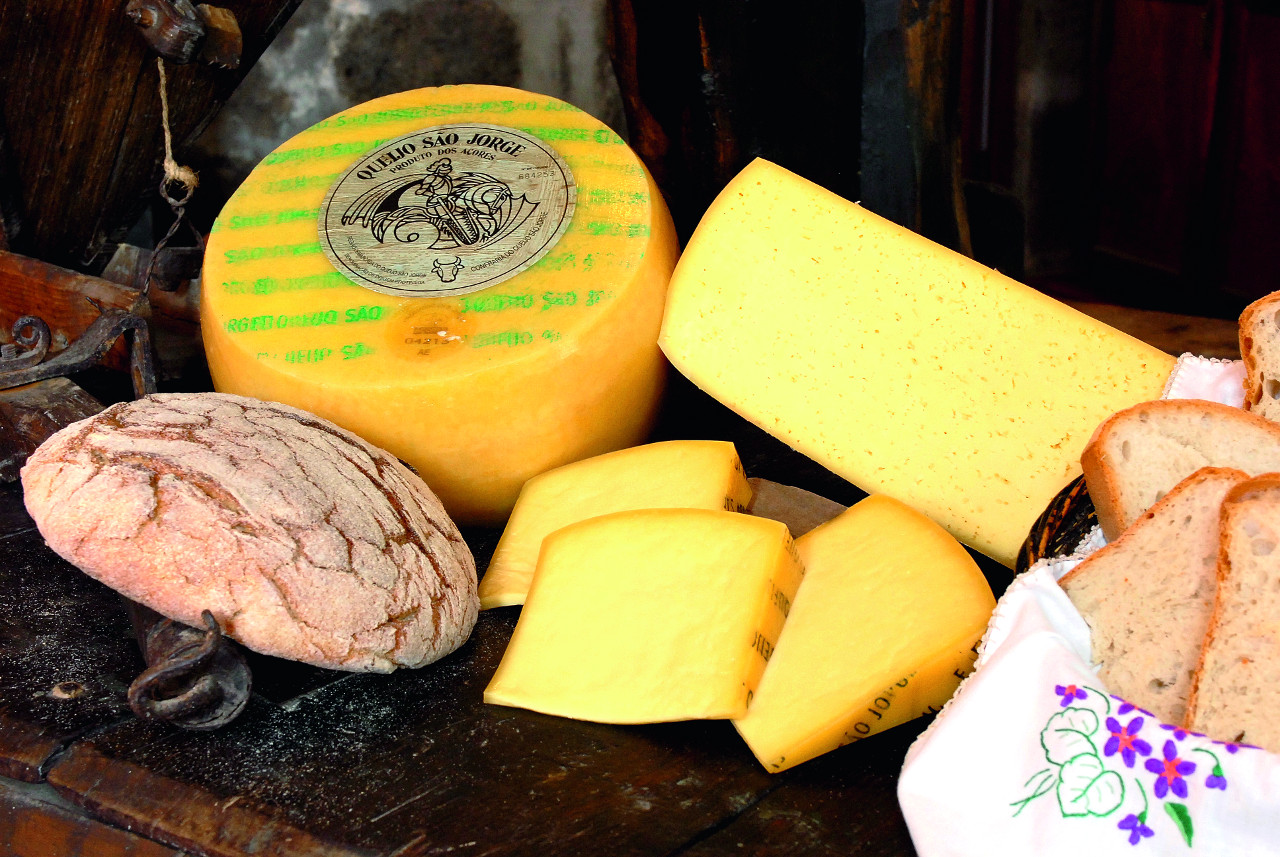
Corvo
The cuisine of the Raven is based mainly on the freshness of the products withdrawn from the sea and harvested land, with special emphasis on fish and seafood, accompanied by rich corn bread, local production, joins the typical dishes such as pies of “pebble herb”, a kind of seaweed caught in the rocks by the sea, from which it removes the salt water after being broken and cut, is added to beaten eggs and flour to mold small cookies, fritando- in lard.
Revenue sprouts of barça also recognized for kale and gilt, these are demolham on the pork meat in salting on the eve of confection being cooked with chopped cabbage, potatoes, onions and garlic, and served with sweet potato and corn bread.
Another highly appreciated element is the artisan cheese of Corvo, minimum cure 60 days, semi-hard cheese and yellow color, has persistent flavor with a slight spicy touch.
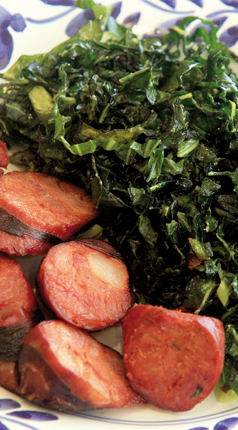
Graciosa
Harvested from the sea, fresh fish is traditionally served in stew or roasted with garlic and melon of Graciosa, which reached a gourmet status are premium products in various recipes.
The very characteristic sweets of the island and its name are the Queijadas Graciosa, which were inspired by a centuries-old recipe of milk covilhetes. The sweetmeats Graciosa is vast and tasty, proposing cavacas, escomilhas, hoods, rice cakes or soaked eggs.
Already, the wine of Graciosa, comes from the original Verdelho grape variety which survived the ravages of phylloxera. Today, with the use also other varieties, white produced in a specified region remain good companions regional cuisine. Brandy and aperitif wines complement the range of indigenous drinks.
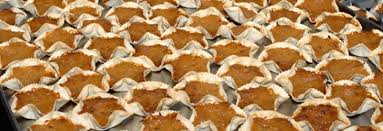
Santa Maria
The earth is born Broth Turnips, the most typical dish of Santa Maria, this is confecionado with a local species of turnip, small and dark in color. In the water, in addition to the tubercle pork to bake, streaky, chorizo and sweet potato. The broth is poured into a dish, taking over slices of bread and other ingredients listed on a platter to share.
In confectionary Santa Maria stands out the tigeladas, which are common in the restoration, but earn typicality cavacas, the sighs, the squeamishness, the encanelados and ear cookies, so called because of its shape.
Its melon won the gourmet status over time. In handmade sausages, there is the existence of a Alheira of Santa Maria.
And this being an island with a wine tradition, still have families that produce smell of wine grapes grown in closed gray stone, mainly for domestic consumption. The brandy and fruit liqueurs also have a reputation and tradition.
